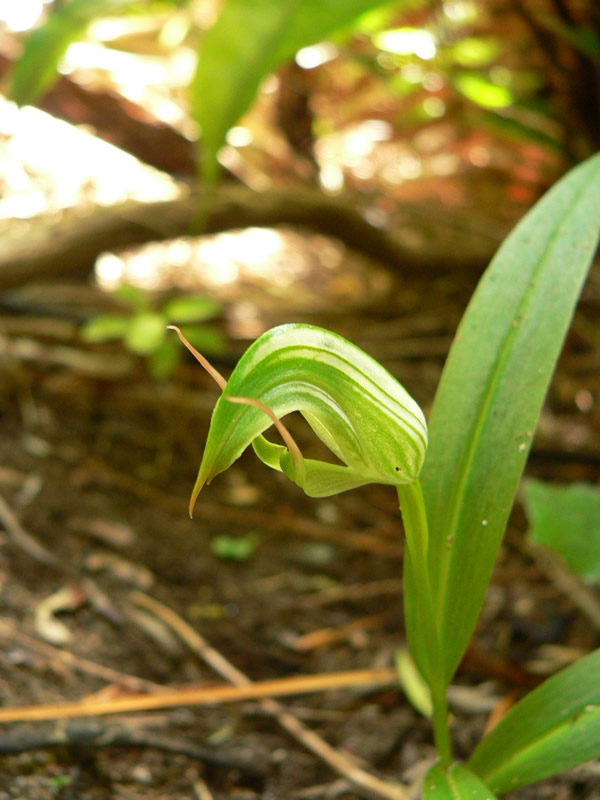Entrapment
Some flowers use entrapment as a means of pollination. They may use a combination of other strategies, such as visual cues, scent, food, or mimicry, to lure the pollinator.
One flower's pollination strategy tells a tale of the macabre that even Edgar Allen Poe would enjoy. Water lilies (Nymphaea odorata) have a broad open flower with numerous petals. On the first day that the flower opens, the stamens do not release their pollen. The female part of the flower is covered by a pool of fluid produced by the flower. When a potential pollinator visits the flower, the arrangement of the petals causes the insect to fall into the pool of fluid where it dies. Any pollen grains on the pollinator's body from a previous visit to a water lily where the stamens were releasing pollen, gently settles to the bottom of the pool of fluid and comes in contact with the female part of the flower completing the pollination process. The following day, the flower produces no fluid, the stamens release their pollen, and visiting pollinators, covered in pollen emerge from the flower to begin the deadly cycle once more.
 Fragrant pond lily (Nymphaea odorata) is a beautiful aquatic wildflower that is pollinated by beetles. Photo by Charles and Diane Peirce.
Fragrant pond lily (Nymphaea odorata) is a beautiful aquatic wildflower that is pollinated by beetles. Photo by Charles and Diane Peirce.
Bait and Switch
 Many orchids such as this greenhood orchid have evolved many ways to attract pollinators without having to expend energy providing a food reward. Photo by Nancy Cotner.
Many orchids such as this greenhood orchid have evolved many ways to attract pollinators without having to expend energy providing a food reward. Photo by Nancy Cotner.
Greenhood orchids use scent for entrapment of an unsuspecting small male wasps to achieve pollination. In this case, the flowers release a scent which mimics the pheromones of a female wasp. When the lower lip of the orchid is touched, the tongue-like labellum violently pushes the wasp into the orchid's hood. As the wasp tries to find a way to escape it may contact pollen packets and / or deposit pollen on the orchid's stigma.

